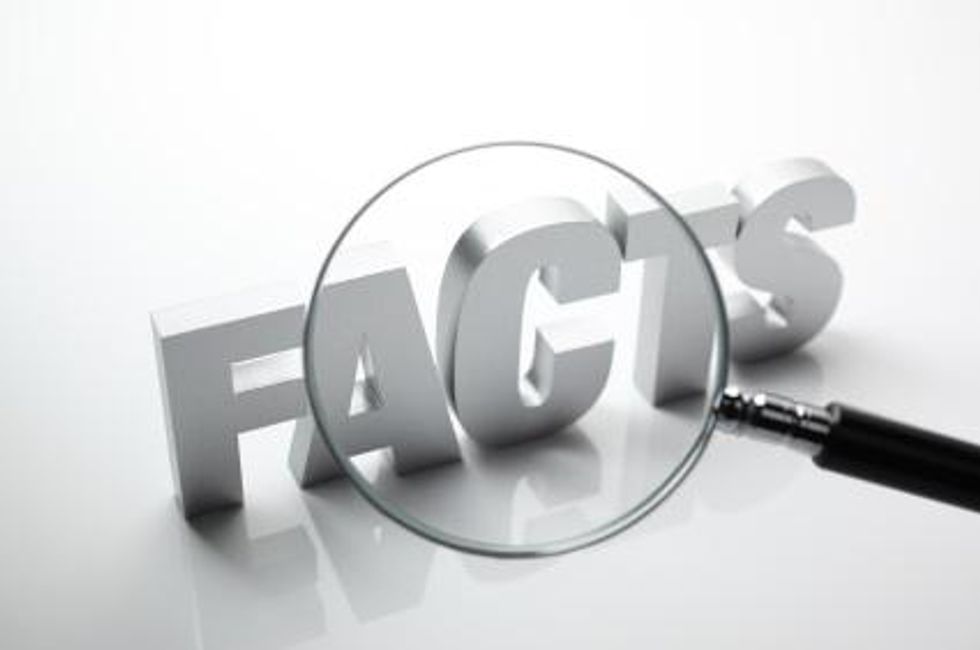The latest market news and pricing information relating to the global rare earths market.
Rare earth prices traded down last week as news broke that the world’s premier trade organization is set to investigate China’s export and tariff policies.
World Trade Organization (WTO) judges will examine China’s export quotas and tariffs on rare earth elements (REEs) following complaints from the US, European Union, and Japan that the restrictions break global commerce rules.
The announcement has been a long time coming, and all three parties have expressed the opinion that China is setting out to create the ultimate monopoly by driving up export costs in the hope that manufacturers will be forced to relocate facilities to China.
China, which controls over 90 percent of REE production, has responded by stating that the limits are designed to protect dwindling natural resources and the environment.
According to data reported by Global Trade Information Services and compiled by Bloomberg Government, the average Chinese export price of rare earth oxides (REOs), a subset of REEs, surged 537 percent in 2011 from 2010 and was 10 percent higher in the first five months of 2012 than it was a year earlier. Bloomberg Government data also shows that Chinese exports of rare earth oxides fell 56 percent in the first five months of this year.
Quebec set for REE separation plant
Quebec is in line to be awarded two projects, valued at approximately $350 million, that are aimed at setting up the world’s first centralized rare earth ore separation plant.
The Bécancour Industrial Park midway, located between Montreal and Quebec City, has been named as the possible location for the plant. Innovation Metals (IMC), a private Toronto-based company, has confirmed plans to set up the REE separation plant.
Patrick Wong, IMC’s CEO, said that with an annual capacity of 15,000 tonnes of heavy rare earth elements (HREEs), the Bécancour refinery will ease a bottleneck in the supply chain. According to a local media report, the plant will be a meeting point for mining companies producing REEs in concentrate form and end users of refined products. The environmental review is expected to be completed in 18 months and feasibility studies will follow.
There are currently a number of companies exploring for REEs in Quebec.
Market price round-up
Neodymium metal prices are falling as a result of lackluster downstream demand and a fall in neodymium oxide prices, Metal-Pages reported. Market sources stated that 99 percent neodymium metal prices have moved down to between $150/kg and $160/kg.
An unnamed source at a China-based supplier said the neodymium metal market has been quiet, with prices falling on the back of flat downstream consumer buying and a drop in neodymium oxide prices.
The cerium oxide market has remained cautious as a result of persistently weak demand and a surplus in Chinese stocks. Market sources said that prices of between $19,000 and $21,000/metric ton for 99 percent cerium oxide are being accepted by some suppliers, but most buyers are holding off on any further price declines.
Praseodymium oxide’s 9.8 percent plunge made it last week’s biggest mover, while europium oxide dropped 8.5 percent. Prices for terbium metal, yttria, and yttrium all remained flat.
North and South Korea discuss REE joint development
Further attention shifted east last week when South Korea’s state-owned commodities developer confirmed that last year it held talks in North Korea about a possible North-South project aimed at developing North Korea’s REE deposits.
The talks took place in November as part of a second round of discussions about a graphite development project in the North that Korea Resources (Kores) invested in a decade ago. The project has been stalled since 2010.
According to a report in The Wall Street Journal, an unnamed Kores official underlined that the possibility of North and South Korea working to develop rare earth mines remains a possibility, “but the precondition is always this: an improvement in the North and South Korea relationship.”
For now the potential project is on hold, he said. The Wall Street Journal also reported that during the visit, Kores received samples of North Korean REEs, which after analysis turned out to be “good.”
North Korea claims to have large REE deposits; however, there is no known reliable data source to back this assertion.
Company news
Matamec Explorations (TSXV:MAT) received a 25 percent payment of $8.5 million from Toyotsu Rare Earth Canada for the purchase of the first 25 percent of an undivided interest in the Kipawa HREE deposit. The payment will enable the ongoing feasibility study on the deposit to be accelerated, with results expected in the second quarter of 2013.
Matamec is the first rare earth exploration company to sign a joint venture agreement (JVA) with an end-user company and the first to receive funds to accelerate and complete a feasibility and environmental impact assessment study of a HREE deposit, according to Andre Gauthier, the company’s president. The company was recently listed as one of Rare Earth Investing News’ top three junior REE stocks to watch.
Quantum Rare Earth Developments (TSXV:QRE) announced a finalized JVA with Florella Holdings for the company’s Australian Jungle Well and Laverton properties.
Under the terms of an option agreement, Quantum granted Florella Holdings the right to earn an 80 percent interest in the Australian properties upon completion of a cash payment and the issuance of shares to Quantum.
Namibia Rare Earths (TSX:NRE) reported results for the last 11 holes of the HREE drilling program in Area 4 of its Lofdal rare earth project in Namibia.
The holes all intersected the HREE-enriched Main Zone at vertical depths of 100 to 250 meters, as targeted. The best intercept returned 17 meters at 0.99% total rare earth oxides (TREOs) with 92.3% HREE, including 6 meters at 2.22% TREOs with 96.3% HREE. Exploration drilling is set to resume in late July.
Securities Disclosure: I, Adam Currie, hold no direct investment interest in any company mentioned in this article.
